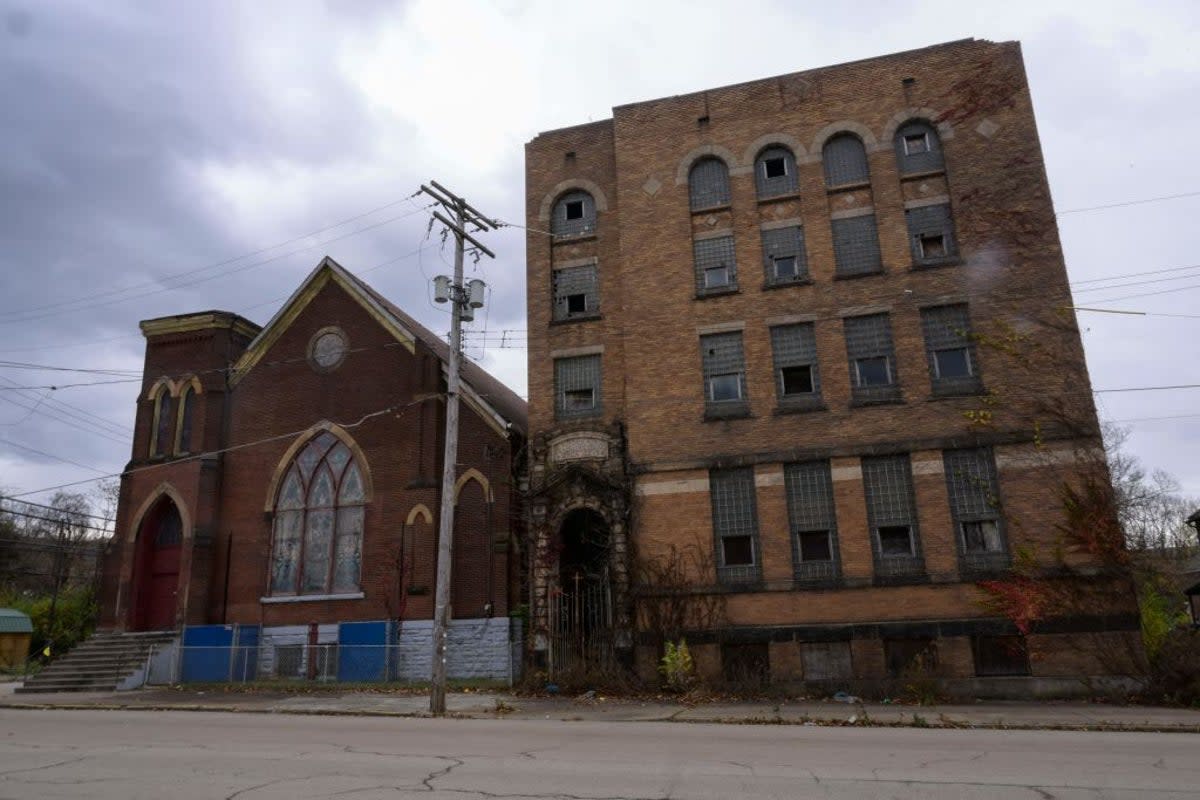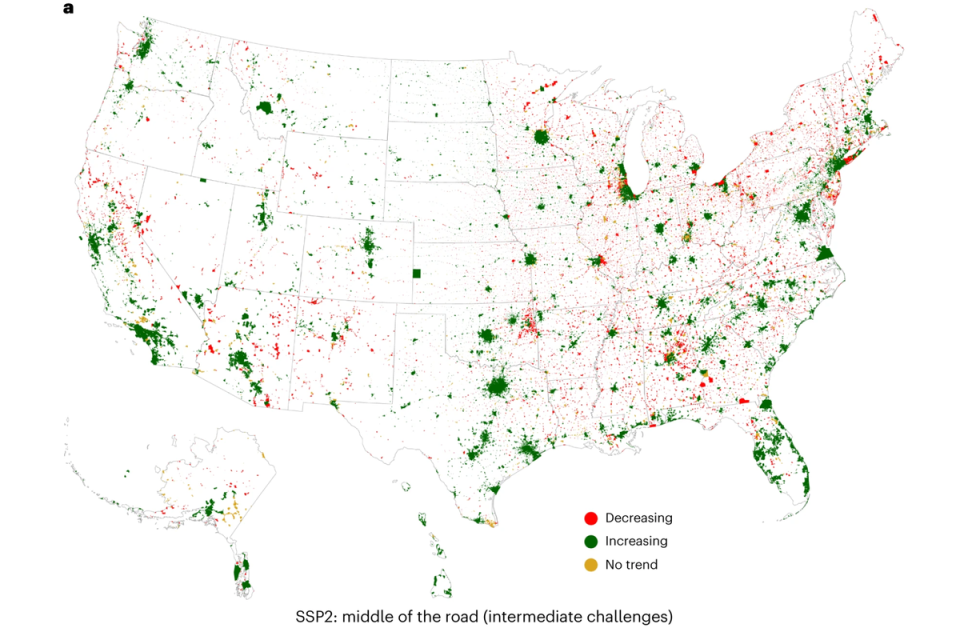15,000 American cities will have emptied out by end of century

The make-up of the United States is expected to undergo a massive transformation in the coming decades with thousands of cities facing population declines, according to new research.
Some 15,000 American cities are projected to lose large numbers of residents by 2100, according to a recent study from the University of Illinois Chicago. The cities are expected to shrink in the range of 12–23 per cent.
All states will face some level of depopulation, except the District of Columbia and Hawaii. The northeast and midwest are projected to be the most heavily impacted by declines including the cities of Pittsburgh, Pennsylvania; Buffalo New York; and Cleveland, Ohio.
The south coast of California may see people move away while the northern coast becomes more populated, according to projections. And while Texas and Utah are currently experiencing population booms, the study found that the states will see their fair share of people leaving urban centres.
Major cities in Alabama, Georgia and Tennessee are also slowly depopulating such as Columbus, Georgia; Birmingham, Alabama; and Memphis, Tennessee.

The worst hit states are expected to be Vermont and West Virginia with 80 per cent of their cities falling into decline, the researchers found.
“The implications of this massive decline in population will bring unprecedented challenges, possibly leading to disruptions in basic services like transit, clean water, electricity and internet access,” the researchers said.
Behind the projections are likely several overlapping factors: people having fewer children, loss of industry, rising property prices and the climate crisis, researchers told Scientific American.
The findings are based on census and demographic data from the last two decades for 24,000 cities, allowing the researchers to model future trends for more than 31,000 cities. The researchers considered five future climate change scenarios - from a cleaner and greener world to one still heavily reliant on fossil fuels - ultimately sharing results for a “middle of the road” scenario.
The study made some interesting connections. For example in the northeast, urban cities where fewer people own vehicles are likely to experience population growth. On the contrary, urban cities that are growing in population in the south and west tend to have a higher reliance on cars.
The researchers also looked at the potential impact of international immigration in halting population declines. Cities along the periphery of metro areas like New York and Chicago have seen an increase in Hispanic and Asian populations, linked to opportunities for employment, so these places may still grow thanks to immigration, according to the study.
The study recommended that cities begin making long-term plans for changes in population in the coming decades, and consider unexpected challenges.
For example, a separate University of Illinois Chicago study found that there may be a greater need for low-cost, pick-up and drop-off transportation to assist the often aging communities in depopulating cities.
With fewer residents, grocery stores may close in some areas resulting in food deserts. Therefore, transport will be needed to help vulnerable residents reach the remaining stores.

